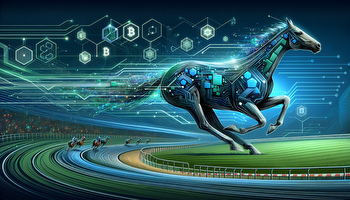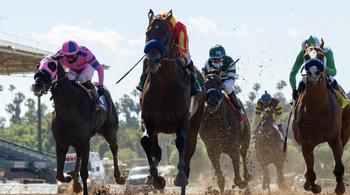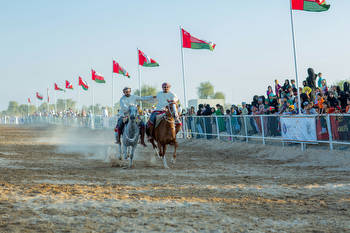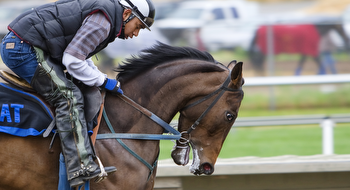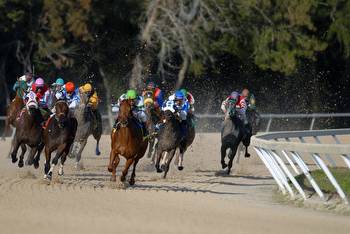The Role of Technology in Horse Racing Competitions

Horse racing is a beloved sport that has entertained fans for centuries, captivating audiences with its excitement, speed, and the sheer beauty of the horses themselves. However, the sport has undergone a significant transformation in recent years, thanks to the many technological advancements.
From innovative materials and equipment designed to improve the performance of both horse and rider performance to cutting-edge data analysis tools that provide unprecedented insights into racing strategies, technology has revolutionized horse racing in countless ways.
In this article, we will explore some of the ways in which technology is transforming the world of horse racing and the impact it is having on this exciting and dynamic sport.
Equipment and Gear
As technology continues to advance, so does the equipment and gear used in horse racing. The development of materials like Kevlar and titanium has created stronger and more durable racing helmets, providing even greater protection for riders. Advanced sensors and monitoring equipment are also being incorporated into riding gear to track biometric data such as heart rate and respiration, allowing trainers and jockeys to better understand the horse’s physical condition during training and races.
In addition to improvements in safety, technological advancements in equipment and gear have also contributed to the overall performance of horses. For example, the use of custom-made horseshoes, explicitly designed for a horse’s foot shape and gait, can improve balance and traction, allowing for greater speed and maneuverability on the racetrack.
Biomechanics
Technology has also been instrumental in understanding the biomechanics of horses. For example, researchers and trainers can now use motion sensors to track and analyze a horse’s movement, which helps identify any irregularities in gait or movement.
This data can be used to design customized training programs that target specific areas of improvement. For instance, if a horse has an irregular stride, technology can be used to develop exercises that target that particular issue, improving the horse’s overall performance.
horse betting. Bettors can now access detailed data on a horse’s performance, including its speed, stamina, and gait analysis, which can help them make more informed betting decisions. With the help of technology, horse betting has become more than just a matter of luck, and enthusiasts can use data-driven insights to improve their odds of winning.
Health and Fitness Monitoring
Technology is also being used to monitor horses’ health and fitness levels. For example, wearable sensors can track vital signs such as heart rate, respiratory rate, and temperature. These sensors can also detect any signs of illness or injury, allowing trainers to intervene early and prevent further damage.
Additionally, technology can be used to track a horse’s fitness levels, helping trainers develop training programs that match their horse’s individual needs.
Data Analytics
Another area where technology has revolutionized horse racing is in data analytics. Modern-day racing is as much about data analysis as it is about horsemanship. With the use of sophisticated software, trainers and analysts can now analyze vast amounts of data, including racing history, weather conditions, and even genetics.
By analyzing this data, trainers can make informed decisions about which races to enter their horses and which training programs to use.
Virtual Reality
Virtual reality has also made its way into the world of horse racing. It is now possible to simulate races in a virtual environment, which allows trainers and jockeys to experience a race course and identify potential hazards before race day.
Virtual reality can also be used to train riders on new racecourses, improving their confidence and performance on race day.
Broadcasting and Media
Technology has allowed for high-definition broadcasting of races, providing fans with a more immersive viewing experience.
Conclusion
Technology has undoubtedly changed the way we look at horse racing competitions. From the development of new equipment and gear to the use of virtual reality and data analytics, technology has revolutionized every aspect of the sport.
The role of technology in horse racing will only increase in the future, and we can expect to see even more exciting innovations that will continue to push the boundaries of the sport.

